Jyotirmoy Chatterji, co-founder of Project Chirag, on how a college project evolved into an NGO that has lit up 10,000 homes in seven states with solar lights
I was a student of HR College in 2010 and that's where the idea of Project Chirag took birth. Work for it was started by five of us – two students, myself, our faculty member Pratibhai Pai and our principal Dr. Indu Shahani. We found out that in Thane, just a couple of hours from Mumbai, there are villages that are without electricity.
We found out that the best way of bringing electricity to such villages was to do so by bringing in solar lighting system. This proved to be an amazing option — it's a renewable source of energy, easy to maintain, eco-friendly, reduces carbon footprint and reduces the usage of kerosene used in traditional lamps by villagers.
It was tough to raise funds but we were determined for the sake of these 100 houses. In a matter of days, we had raised Rs 5 lakh. After we bought the solar lights, many of us went to every house in the village to tell the residents about how to use the lights, explain the functionality and so on. This was the first green step. Little did we know that there would be many more to come. After giving this gift of light to this one village, in the months that followed, we managed to collect a lot more money.
In less than a year, we had given such solar lighting systems to 1,000 homes in 33 villages that had no electricity, which was our criterion. This social-environment cause gained momentum and soon we registered Chirag Rural Development Foundation (2011).
We were now professionally and institutionally ready to make a larger contribution to the social-environment cause. Our registered office is in Tardeo. We have four full time employees, four directors and several young volunteers. As of today, we have provided light to 10,000 houses in 246 villages across seven states and have impacted around 50,000 people. We have been partnering with local NGOs as they become the point of contact for the villagers in case of any snags. These NGOs also help identify villages that don't have any electricity.
We give two solar lights to each house. One light is kept inside the house while the other is a portable one. The portable light has helped farmers to keep a check on their farms at night. It has also helped women who go out at night for sanitation purposes. Villagers have also given us feedback that their children now study extra hours in the evening too.
(As told to Pooja Patel)
![submenu-img]() India's first horror comedy came years before Stree, Bhediya, Bhool Bhulaiyaa; had no hero, Akshay Kumar borrowed its...
India's first horror comedy came years before Stree, Bhediya, Bhool Bhulaiyaa; had no hero, Akshay Kumar borrowed its...![submenu-img]() Weather Update: IMD predicts extremely heavy rain in this state, light to moderate rain in these states; check forecast
Weather Update: IMD predicts extremely heavy rain in this state, light to moderate rain in these states; check forecast![submenu-img]() Meet India's box office king, only star with 8 consecutive 200-crore hits, bigger than Shah Rukh, Salman, Rajni, Prabhas
Meet India's box office king, only star with 8 consecutive 200-crore hits, bigger than Shah Rukh, Salman, Rajni, Prabhas![submenu-img]() Jeff Bezos' fiancee Lauren Sanchez reveals surprising morning rule, says, 'Just us...'
Jeff Bezos' fiancee Lauren Sanchez reveals surprising morning rule, says, 'Just us...'![submenu-img]() Fast & Furious star Tyrese Gibson arrested in Georgia, details inside
Fast & Furious star Tyrese Gibson arrested in Georgia, details inside![submenu-img]() 'जिस अधिकारी को हटाने की हो रही मांग, उसी का आया मेल', डॉक्टरों ने ठुकराया CM ममता का प्रस्ताव
'जिस अधिकारी को हटाने की हो रही मांग, उसी का आया मेल', डॉक्टरों ने ठुकराया CM ममता का प्रस्ताव![submenu-img]() PM Modi और CM Yogi का ग्रेटर नोएडा दौरा, Traffic Advisory जारी, जान लें अपने रूट का हाल
PM Modi और CM Yogi का ग्रेटर नोएडा दौरा, Traffic Advisory जारी, जान लें अपने रूट का हाल![submenu-img]() Russia Ukraine War पर बोले विदेश मंत्री एस. जयशंकर, 'भारत मदद के लिए तैयार, लेकिन बातचीत शुरू हो'
Russia Ukraine War पर बोले विदेश मंत्री एस. जयशंकर, 'भारत मदद के लिए तैयार, लेकिन बातचीत शुरू हो'![submenu-img]() Chhattisgarh News: बल्ब जलाने को लेकर हुआ झगड़ा, पत्नी ने डंडे से पीटकर पति को मौत के घाट उतारा
Chhattisgarh News: बल्ब जलाने को लेकर हुआ झगड़ा, पत्नी ने डंडे से पीटकर पति को मौत के घाट उतारा ![submenu-img]() Manipur Violence: मणिपुर में स्थिति बिगड़ी, RAF को बुलाया गया, 15 सितंबर तक के लिए इंटरनेट बंद
Manipur Violence: मणिपुर में स्थिति बिगड़ी, RAF को बुलाया गया, 15 सितंबर तक के लिए इंटरनेट बंद![submenu-img]() Auto giant gifts Olympic medallist Manu Bhaker this car, it costs Rs...
Auto giant gifts Olympic medallist Manu Bhaker this car, it costs Rs...![submenu-img]() Union Minister Nitin Gadkari says this big carmaker ignored his advice on EVs, 'now they've…'
Union Minister Nitin Gadkari says this big carmaker ignored his advice on EVs, 'now they've…'![submenu-img]() Tata Safari, rival to Hyundai Alcazar Facelift gets massive discount, save up to Rs…
Tata Safari, rival to Hyundai Alcazar Facelift gets massive discount, save up to Rs…![submenu-img]() Hyundai Alcazar facelift launched in India: Check price, design and other features
Hyundai Alcazar facelift launched in India: Check price, design and other features![submenu-img]() Jawa 42 FJ vs Royal Enfield Classic 350: Price, engine, specs compared
Jawa 42 FJ vs Royal Enfield Classic 350: Price, engine, specs compared ![submenu-img]() Meet man, who cracked UPSC twice, has 20 degrees, resigned as IAS officer due to...
Meet man, who cracked UPSC twice, has 20 degrees, resigned as IAS officer due to...![submenu-img]() Meet woman, daughter of widow labourer who cleared UPSC twice, became IPS at 21, IAS at 22, she is famous as India’s...
Meet woman, daughter of widow labourer who cleared UPSC twice, became IPS at 21, IAS at 22, she is famous as India’s...![submenu-img]() Meet Indian genius, son of IIT-JEE topper, who won gold at world’s toughest...
Meet Indian genius, son of IIT-JEE topper, who won gold at world’s toughest...![submenu-img]() AIAPGET 2024: Counselling registration starts today, check details here
AIAPGET 2024: Counselling registration starts today, check details here![submenu-img]() Meet woman who topped class 10, 12, CLAT, law school, cleared UPSC in 1st try, got AIR 60 with self-study, now posted...
Meet woman who topped class 10, 12, CLAT, law school, cleared UPSC in 1st try, got AIR 60 with self-study, now posted...![submenu-img]() Manipur Violence: Curfew Imposed In Three Manipur Districts Amid Drone, Rocket Attacks By Insurgents
Manipur Violence: Curfew Imposed In Three Manipur Districts Amid Drone, Rocket Attacks By Insurgents![submenu-img]() Kolkata Doctor Case: Victim's Mother Blasts CM Mamata Banerjee's 'Insensitive' Durga Puja call
Kolkata Doctor Case: Victim's Mother Blasts CM Mamata Banerjee's 'Insensitive' Durga Puja call![submenu-img]() Apple Watch Series 10 Launch: Key Highlights & Specs | All-New Apple Watch Unveiled
Apple Watch Series 10 Launch: Key Highlights & Specs | All-New Apple Watch Unveiled![submenu-img]() Ukraine-Russia War: Airports Shut, One Dead As Ukraine Launches Massive Drone Attack On Moscow
Ukraine-Russia War: Airports Shut, One Dead As Ukraine Launches Massive Drone Attack On Moscow![submenu-img]() Kolkata Doctor Case: 'CM Wanted To Strangle The Protest', Victim’s Mother Rejects CM Mamata's Claim
Kolkata Doctor Case: 'CM Wanted To Strangle The Protest', Victim’s Mother Rejects CM Mamata's Claim![submenu-img]() Mukesh Ambani's Reliance ties up with Israeli company to launch....
Mukesh Ambani's Reliance ties up with Israeli company to launch....![submenu-img]() Auto giant gifts Olympic medallist Manu Bhaker this car, it costs Rs...
Auto giant gifts Olympic medallist Manu Bhaker this car, it costs Rs...![submenu-img]() Meet woman, daughter of an Indian billionaire, she leads Rs 20335 crore company, Mukesh Ambani is her…
Meet woman, daughter of an Indian billionaire, she leads Rs 20335 crore company, Mukesh Ambani is her…![submenu-img]() Meet man, who worked at Mukesh Ambani's company for 5 yrs, resigned to launch Rs 1091 crore...
Meet man, who worked at Mukesh Ambani's company for 5 yrs, resigned to launch Rs 1091 crore...![submenu-img]() Meet man, an IITian, who is richer than Infosys founder Narayana Murthy, Sudha Murthy, his net worth...
Meet man, an IITian, who is richer than Infosys founder Narayana Murthy, Sudha Murthy, his net worth...![submenu-img]() Meet Salman Khan’s ‘sister’, who became star at 10, left Bollywood after giving Rs 400-crore hit, now earns through…
Meet Salman Khan’s ‘sister’, who became star at 10, left Bollywood after giving Rs 400-crore hit, now earns through…![submenu-img]() Rs 4000 crore palace, 8 jets, 700 cars: All about Abu Dhabi royal family
Rs 4000 crore palace, 8 jets, 700 cars: All about Abu Dhabi royal family![submenu-img]() Mukesh Ambani's fitness secret: From morning yoga to simple lunch, here are all details
Mukesh Ambani's fitness secret: From morning yoga to simple lunch, here are all details![submenu-img]() Top Tata Motors cars to buy in India
Top Tata Motors cars to buy in India![submenu-img]() Meet actress, who was linked to superstar, quit Bollywood to marry Pakistani cricketer, got divorced, is now...
Meet actress, who was linked to superstar, quit Bollywood to marry Pakistani cricketer, got divorced, is now...![submenu-img]() Weather Update: IMD predicts extremely heavy rain in this state, light to moderate rain in these states; check forecast
Weather Update: IMD predicts extremely heavy rain in this state, light to moderate rain in these states; check forecast![submenu-img]() J&K terror funding case: Baramulla MP Engineer Rashid gets bail till October 2 due to…
J&K terror funding case: Baramulla MP Engineer Rashid gets bail till October 2 due to…![submenu-img]() RG Kar ex-principal Sandip Ghosh sent to 14-day judicial custody till...
RG Kar ex-principal Sandip Ghosh sent to 14-day judicial custody till...![submenu-img]() Adapting to Climate Challenges: The Role of Systems Engineering in Modern Insurance and Financial Services
Adapting to Climate Challenges: The Role of Systems Engineering in Modern Insurance and Financial Services![submenu-img]() Manipur: Internet suspended in state for 5 days amid students' agitation
Manipur: Internet suspended in state for 5 days amid students' agitation
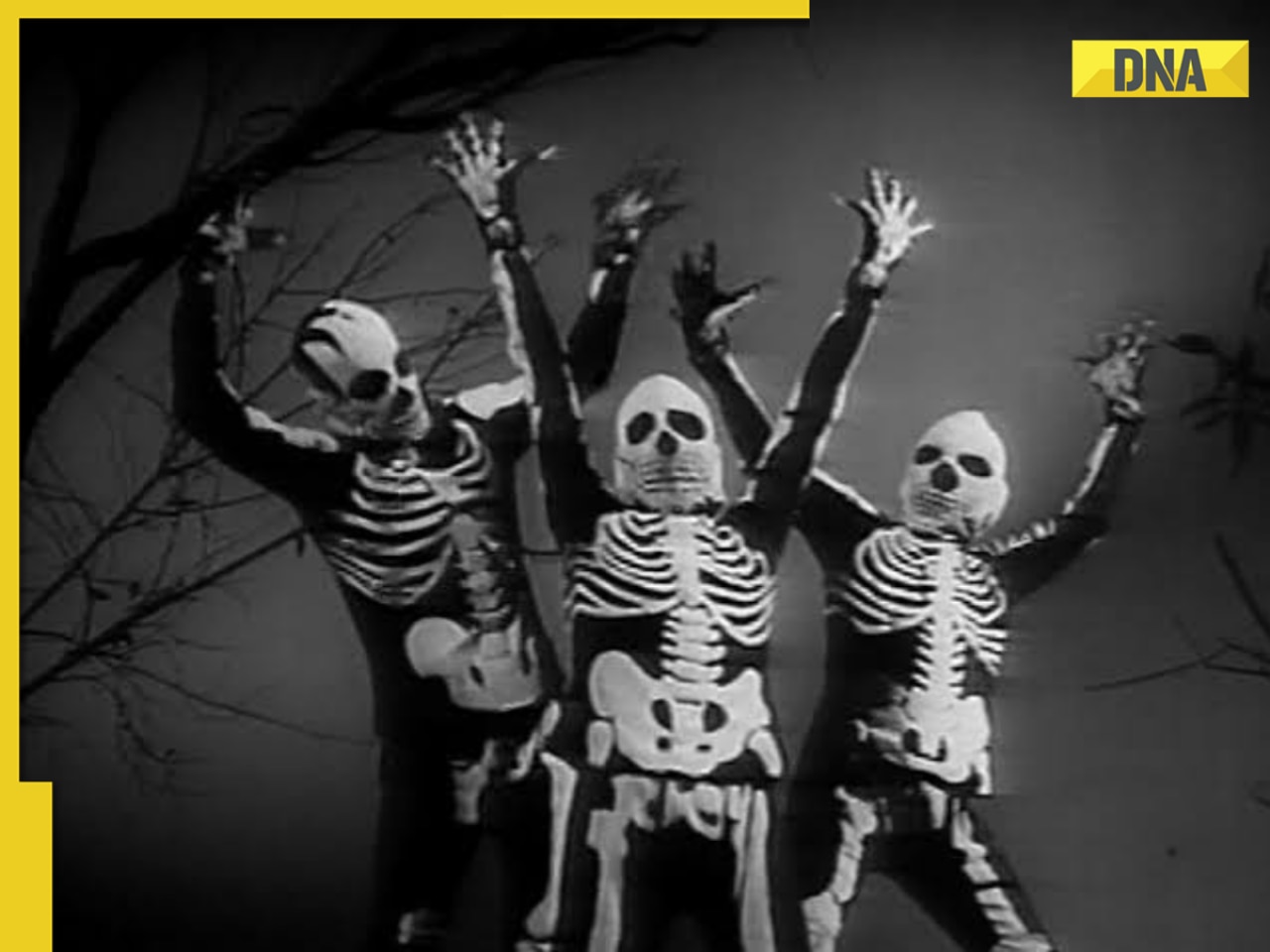
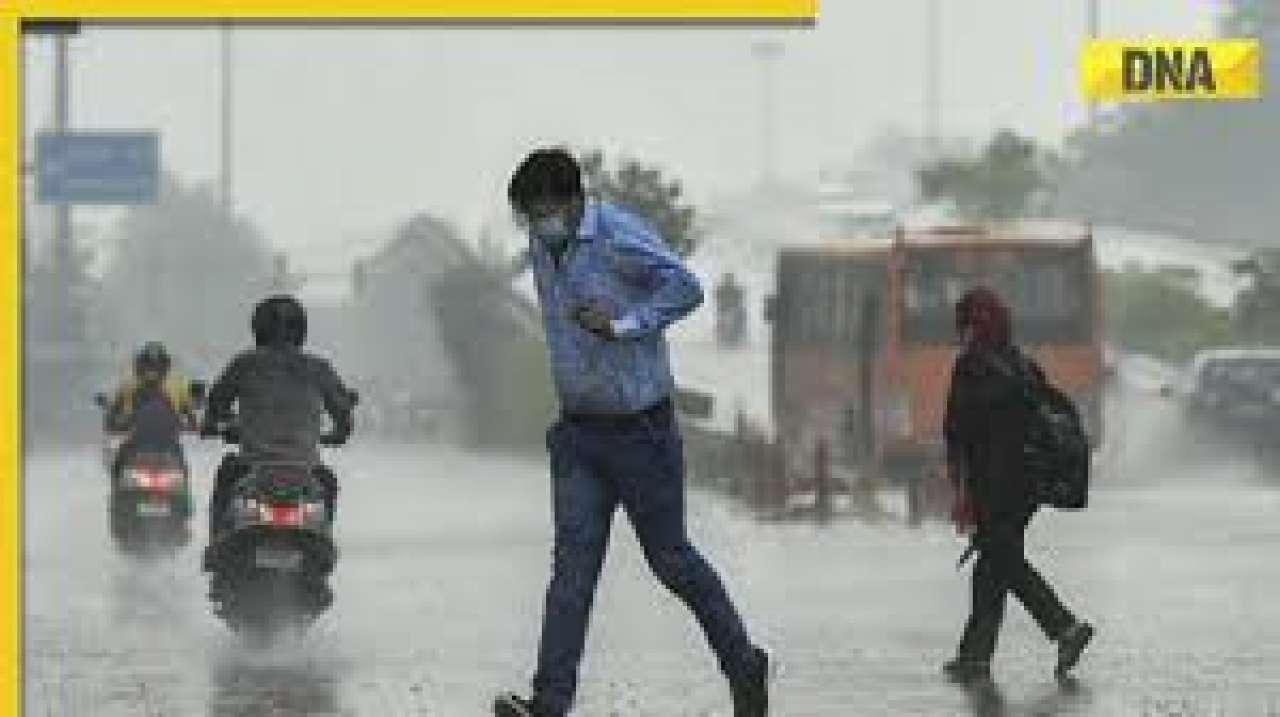
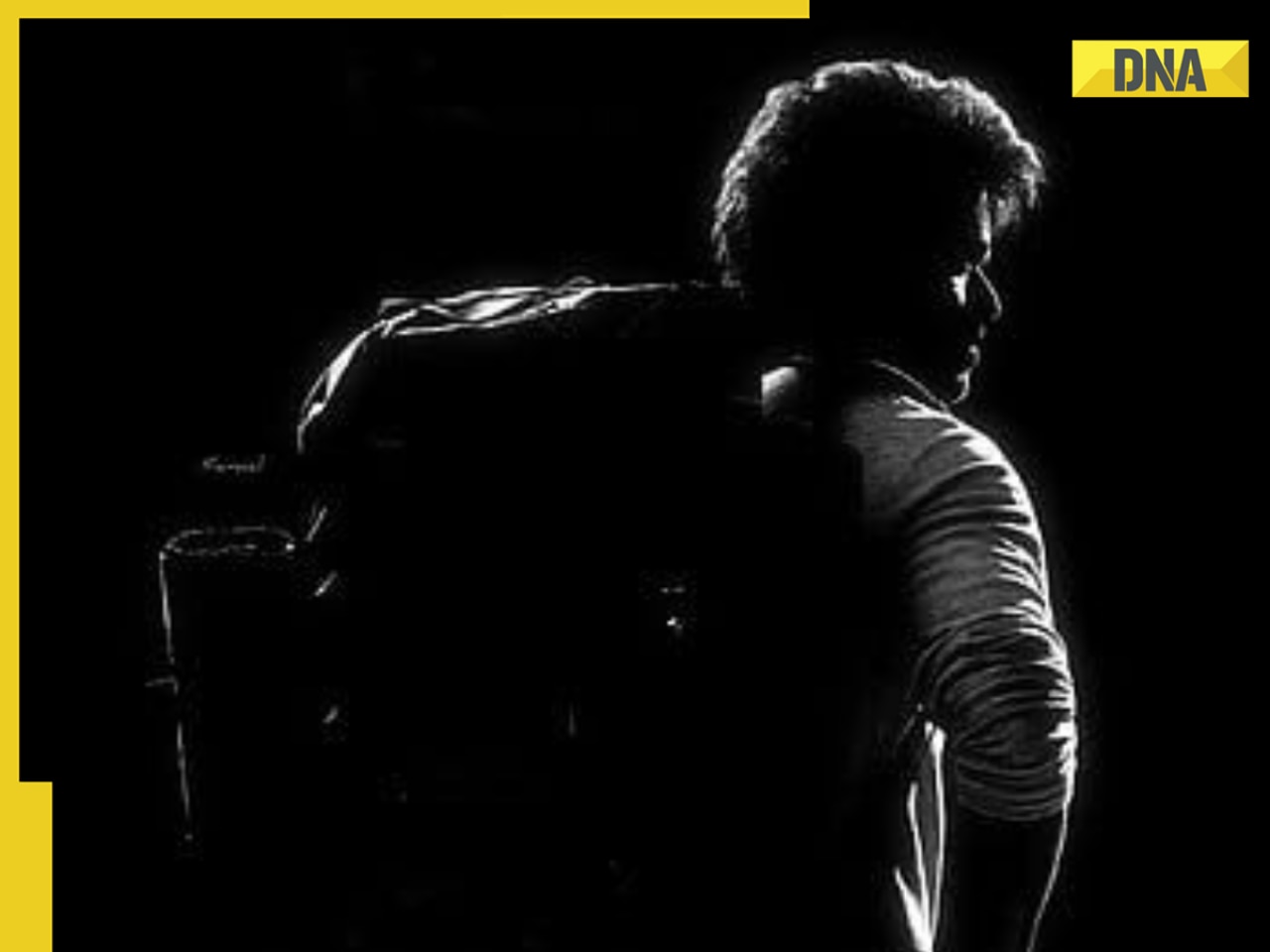








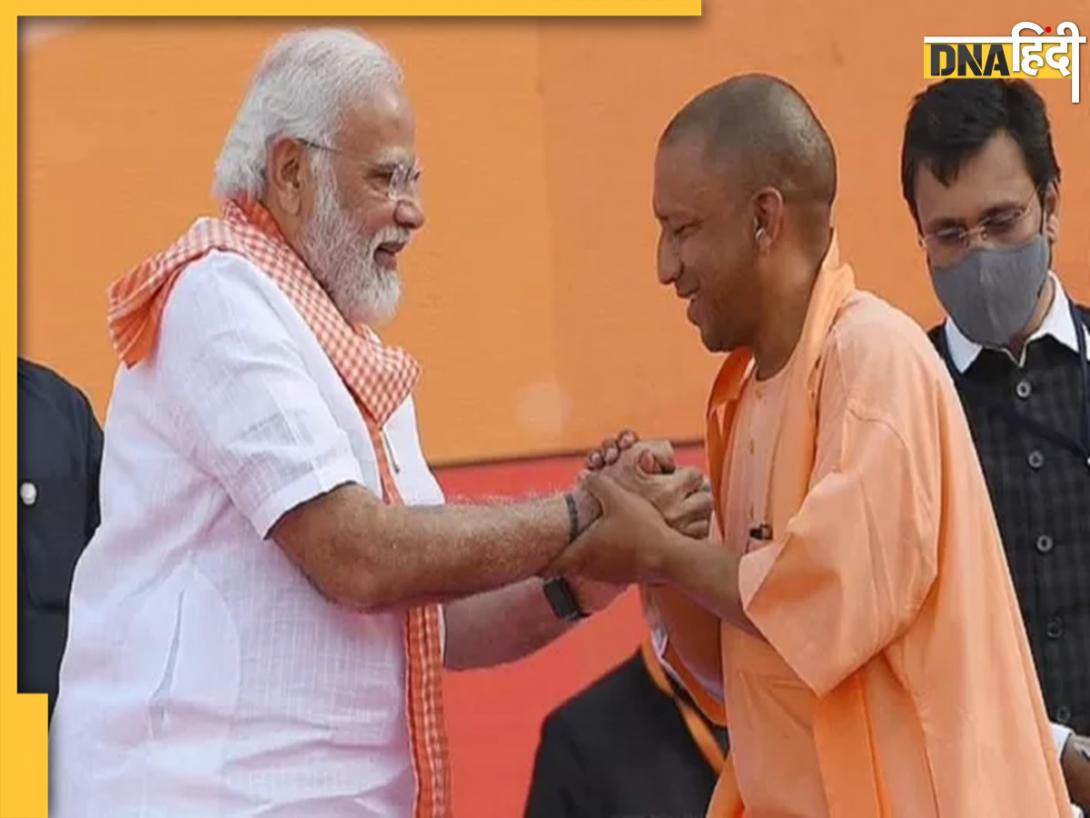
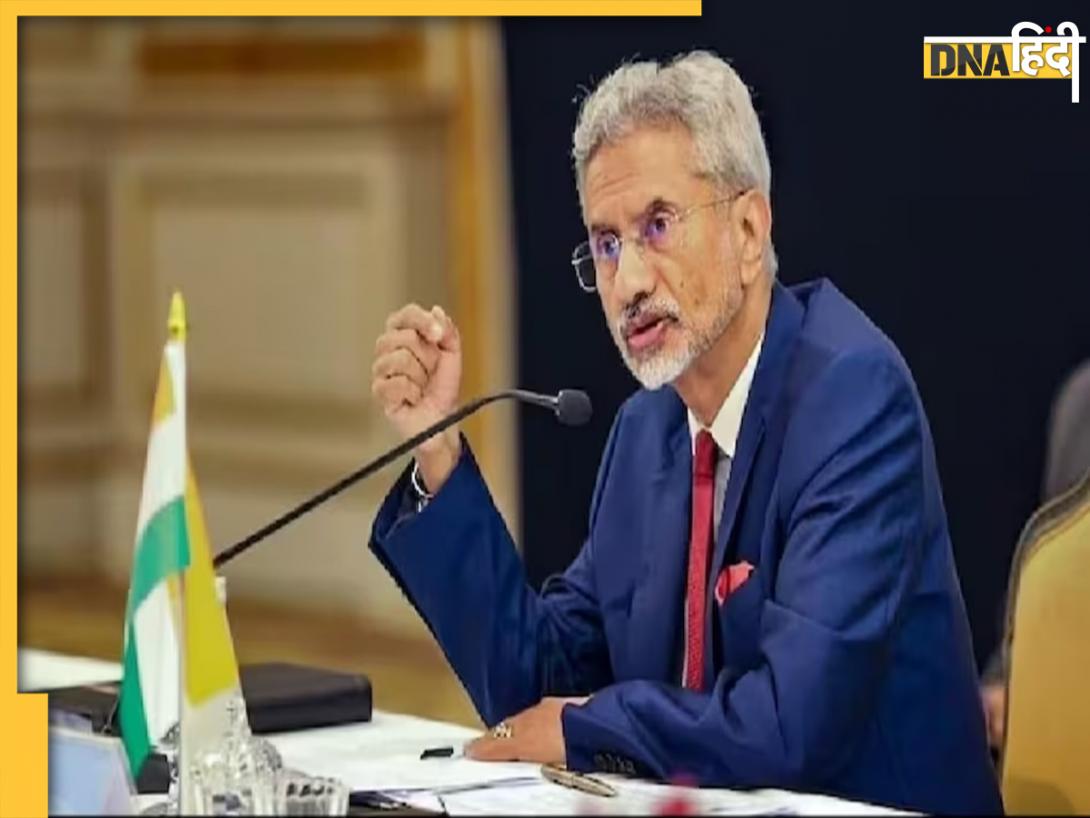

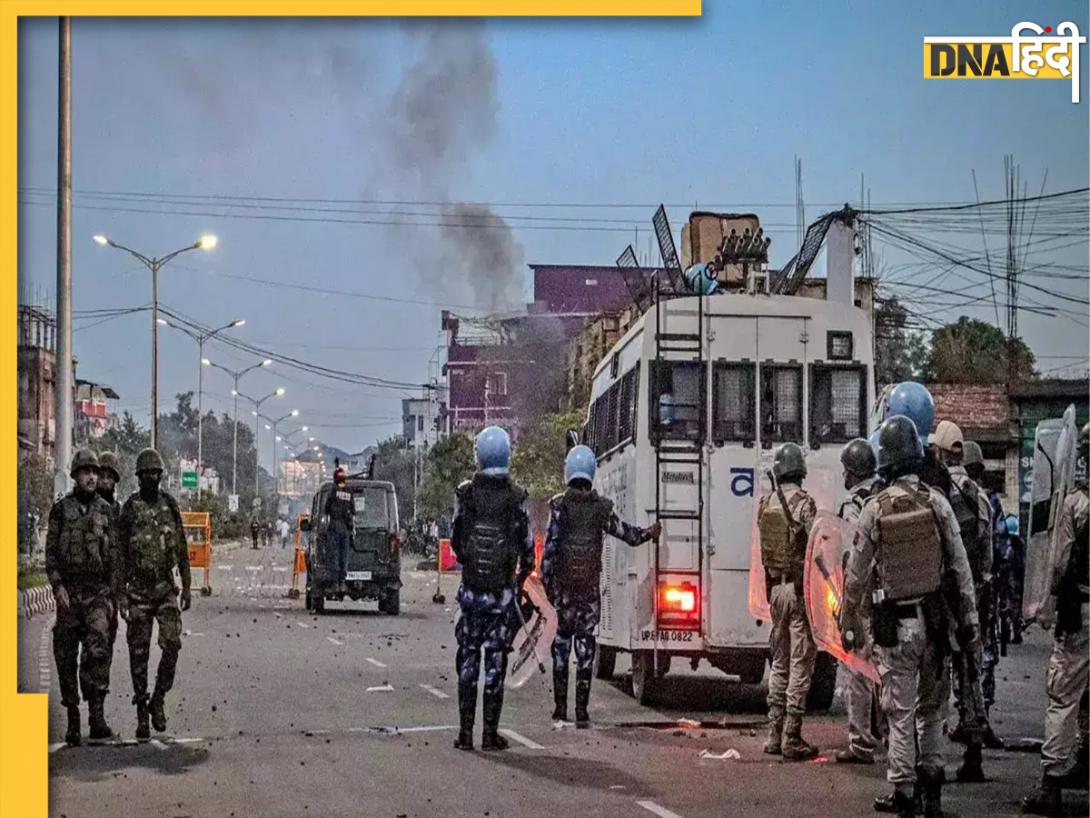






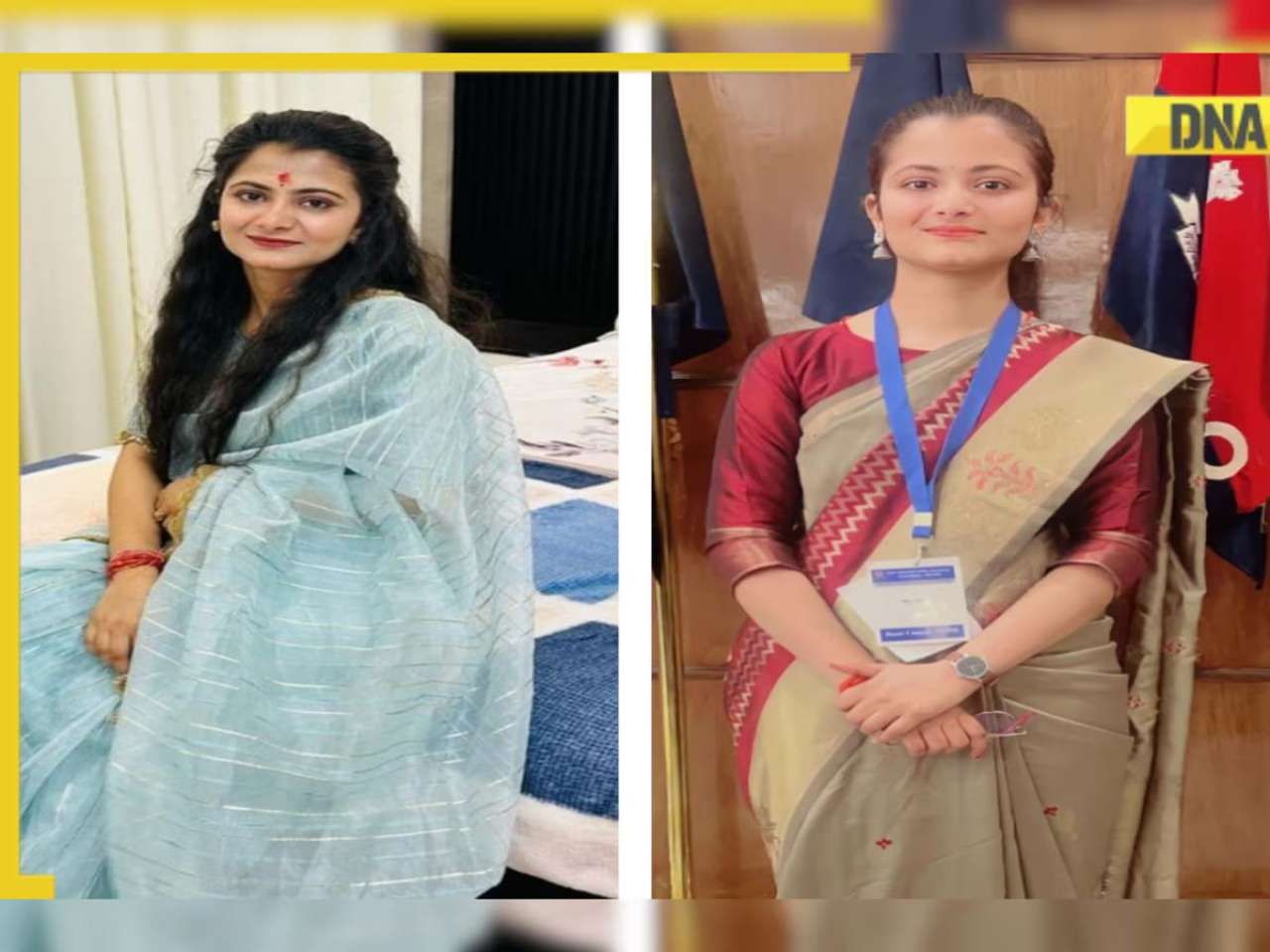







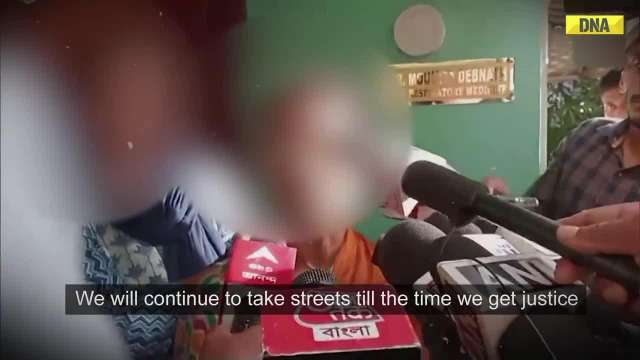


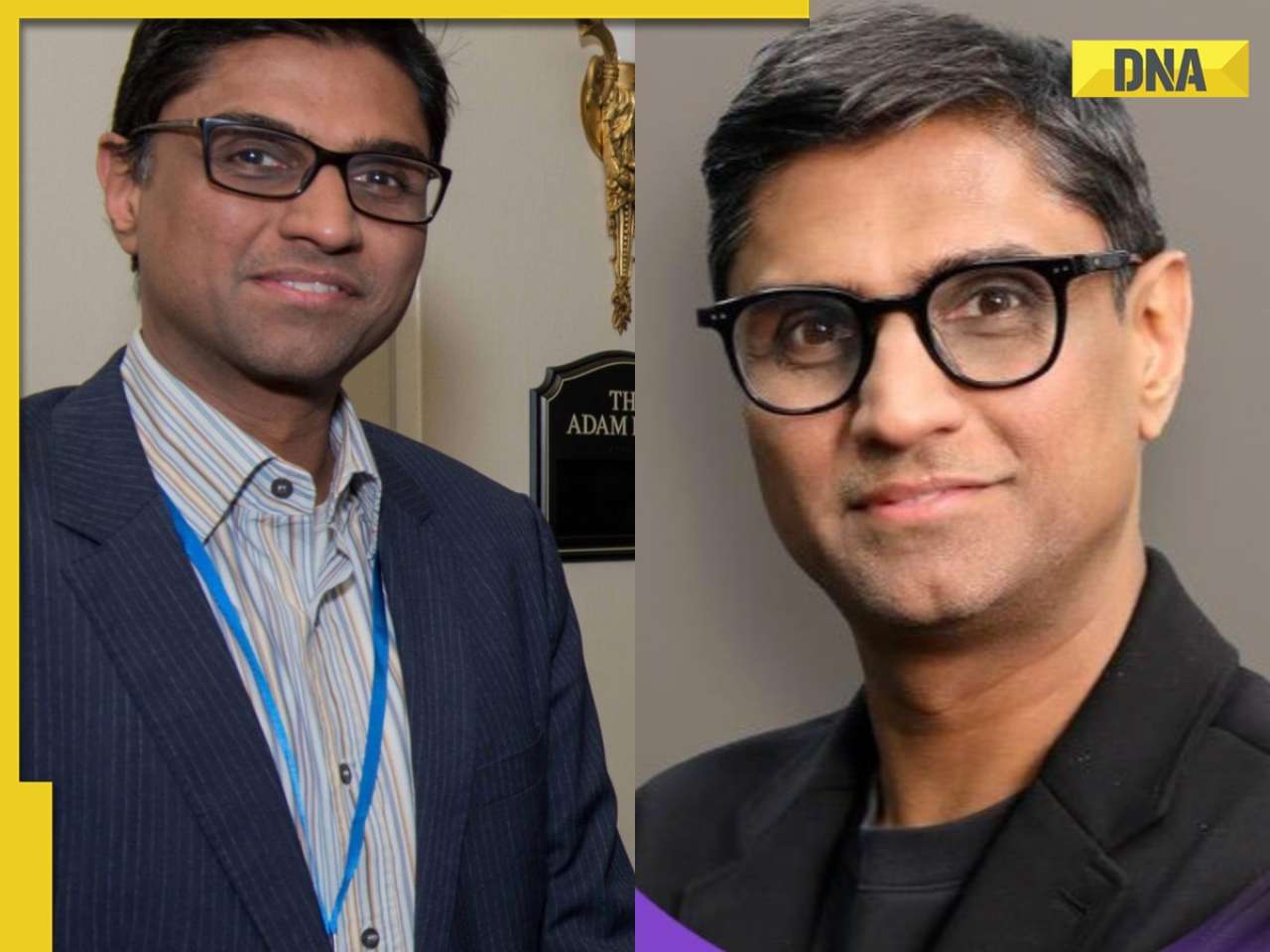







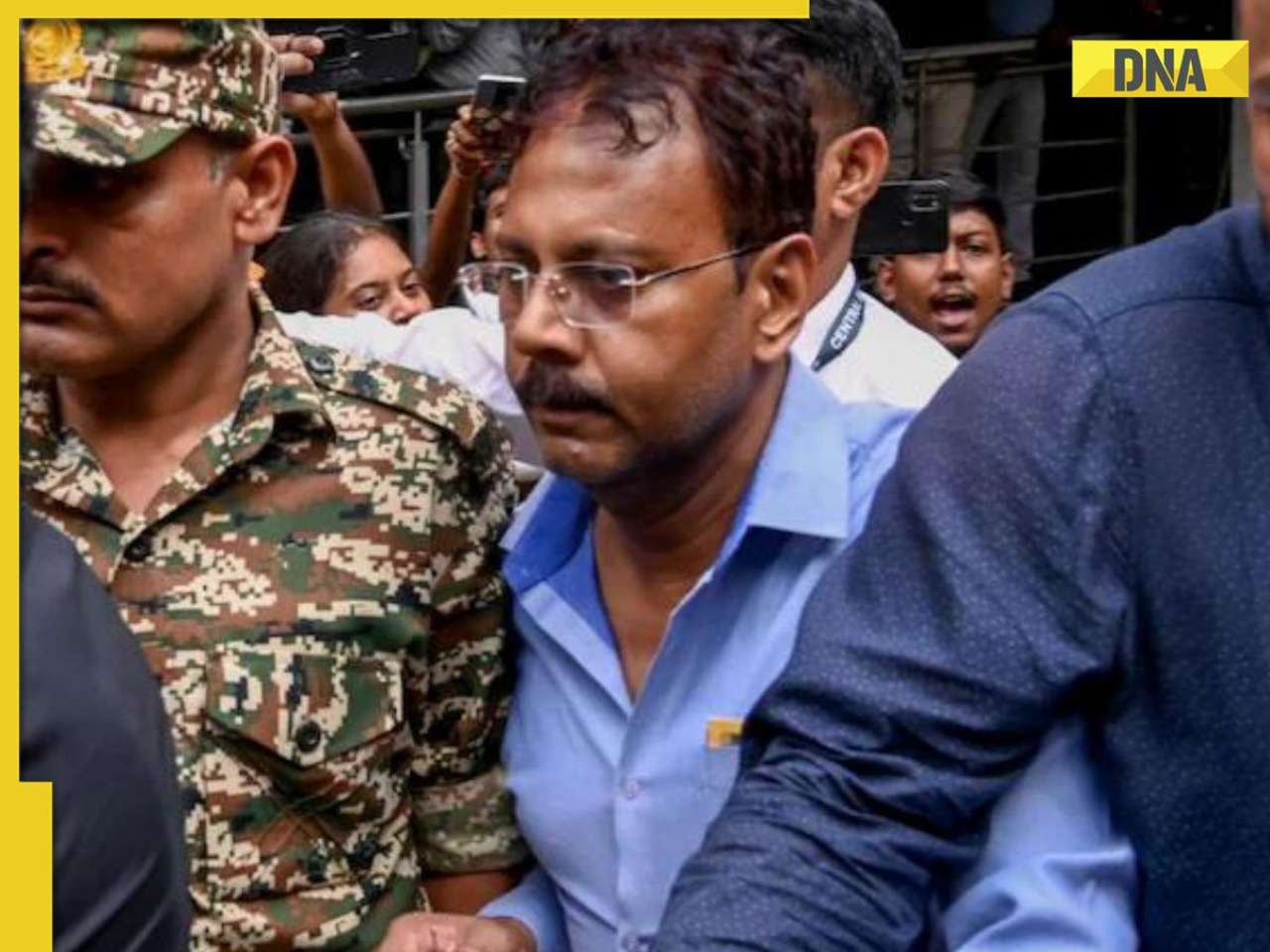

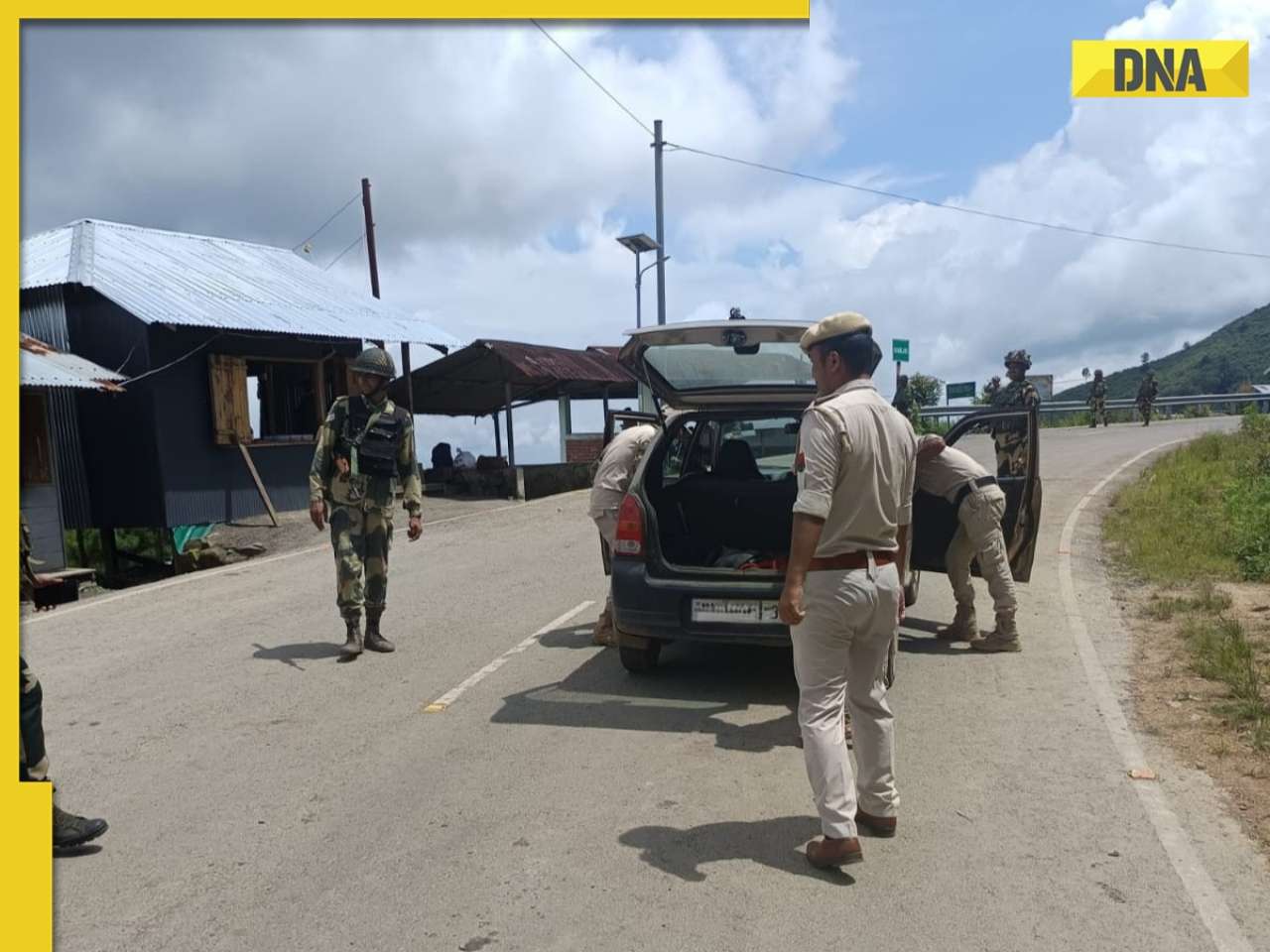

)
)
)
)
)
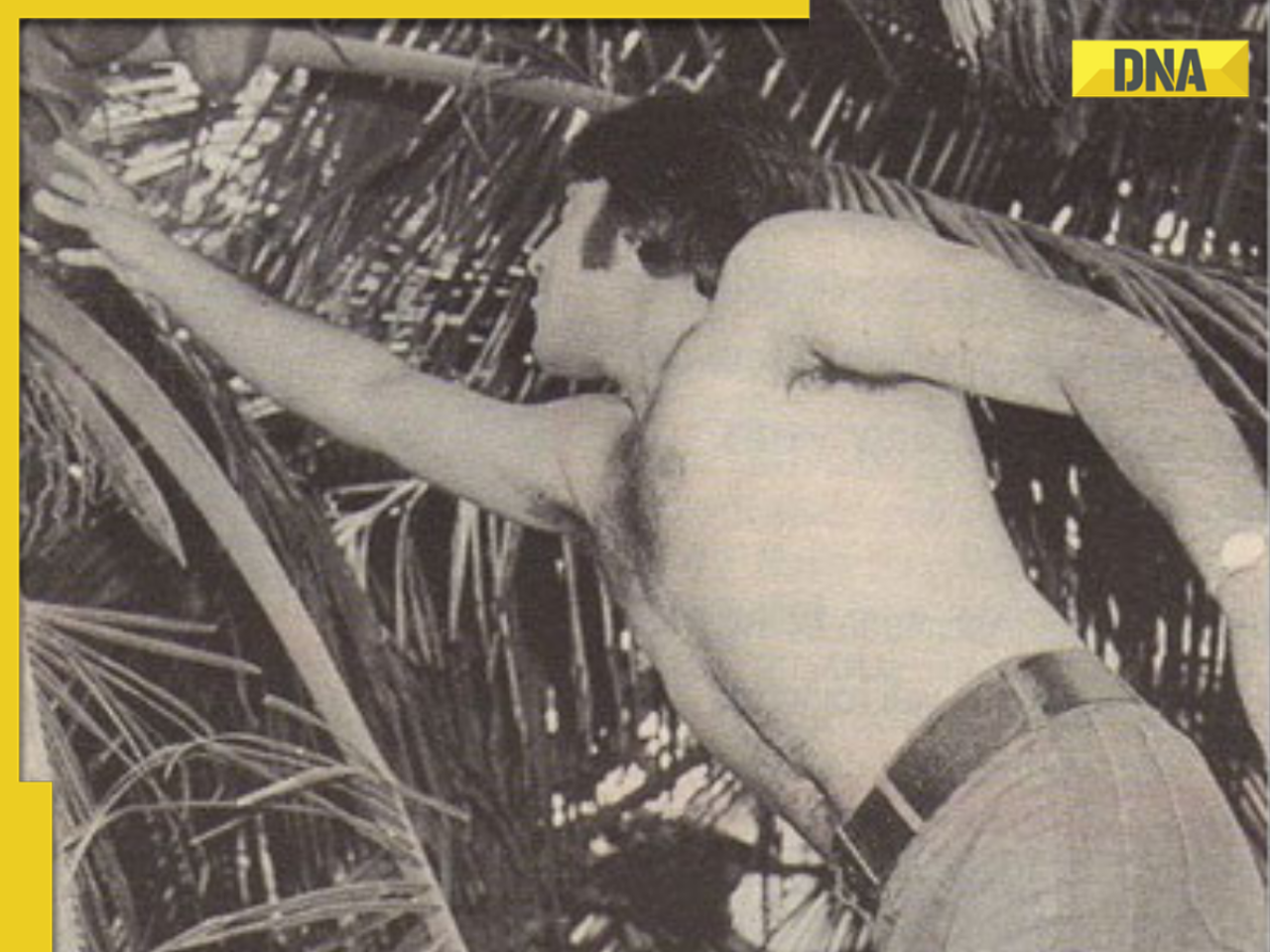)
)
)
)
)
)
)
)
)
)





)
)
)
)
)
)